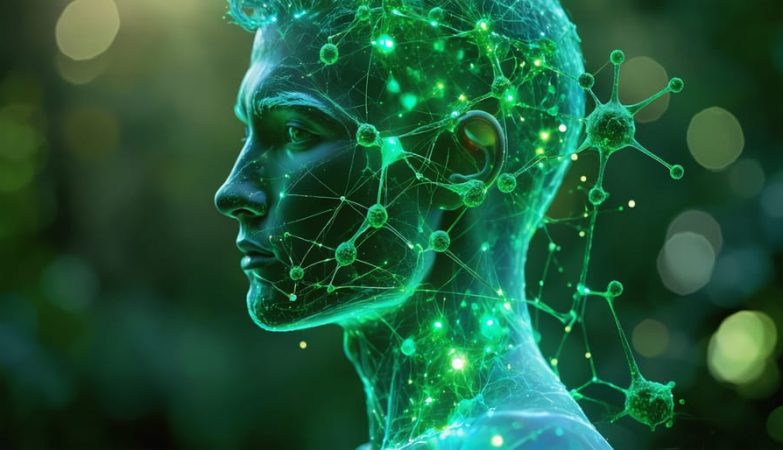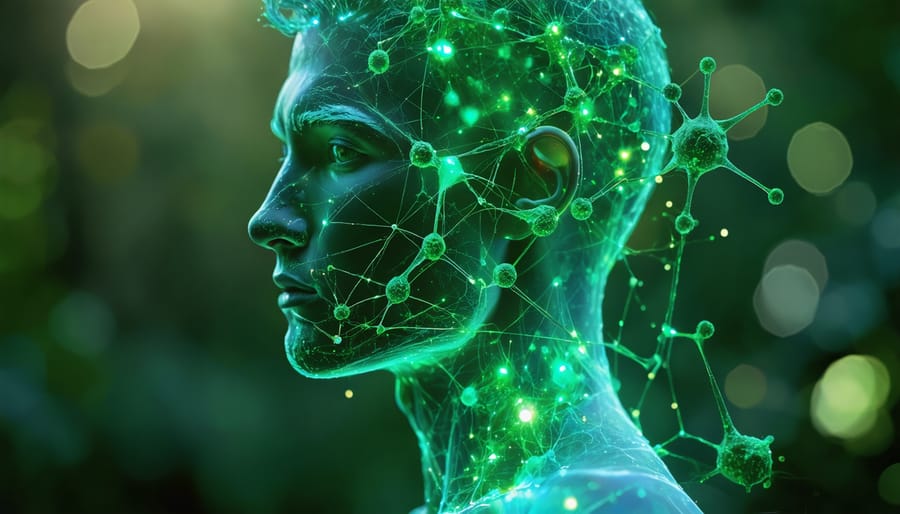CBD oil emerges as one of the most promising natural remedies in modern medicine, offering relief for conditions ranging from chronic pain to anxiety. As 1 CBD Canada wide becomes increasingly accessible, healthcare professionals and researchers continue to uncover the remarkable
medicinal benefits of cannabis compounds, particularly CBD. This non-psychoactive cannabinoid works by interacting with the body’s endocannabinoid system, a complex network responsible for maintaining balance in various physiological processes. Recent clinical studies demonstrate CBD’s potential to reduce inflammation, manage seizures, and alleviate symptoms of …



















